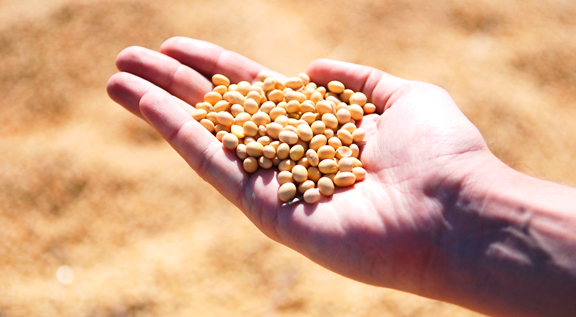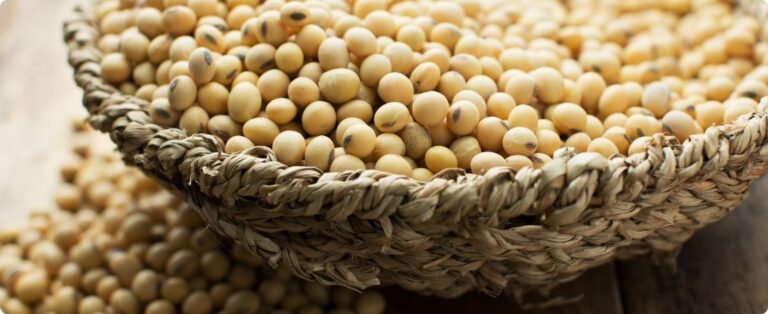
Image: Pixabay
According to him, there is a greater supply of soybeans and vegetable oils in the world: “The spillage of 1.0 million tons of palm oil into the market by Indonesia has imposed negative premiums on soybean oil since the first half of this year. On Wednesday of this week there will be another USDA report but, in terms of volumes, it should not change much from what the September report recorded”.
{module Form RD}
“As you can see, on the one hand, global production will grow by 52.93 million tons or 15.71%, which is a lot! Global stocks will grow by 9.22 million tons or 10.28% and, on the other hand, Chinese demand will decrease by 2.76 million tons or 2.77%, partially offset by the increase of 1.2 million tons in European demand or 9.82%”, explains the market analyst.
“As we always emphasize, global stocks are an indicator of price trends: if they rise, prices fall; if they fall, prices rise. We are facing a sharp increase in global stocks, so the trend for soybean prices worldwide is downward throughout the year, not linear, of course, because it will be made up of ups and downs, but within a downward channel,” concludes Pacheco.
By: Leonardo Gottems | agrolink















